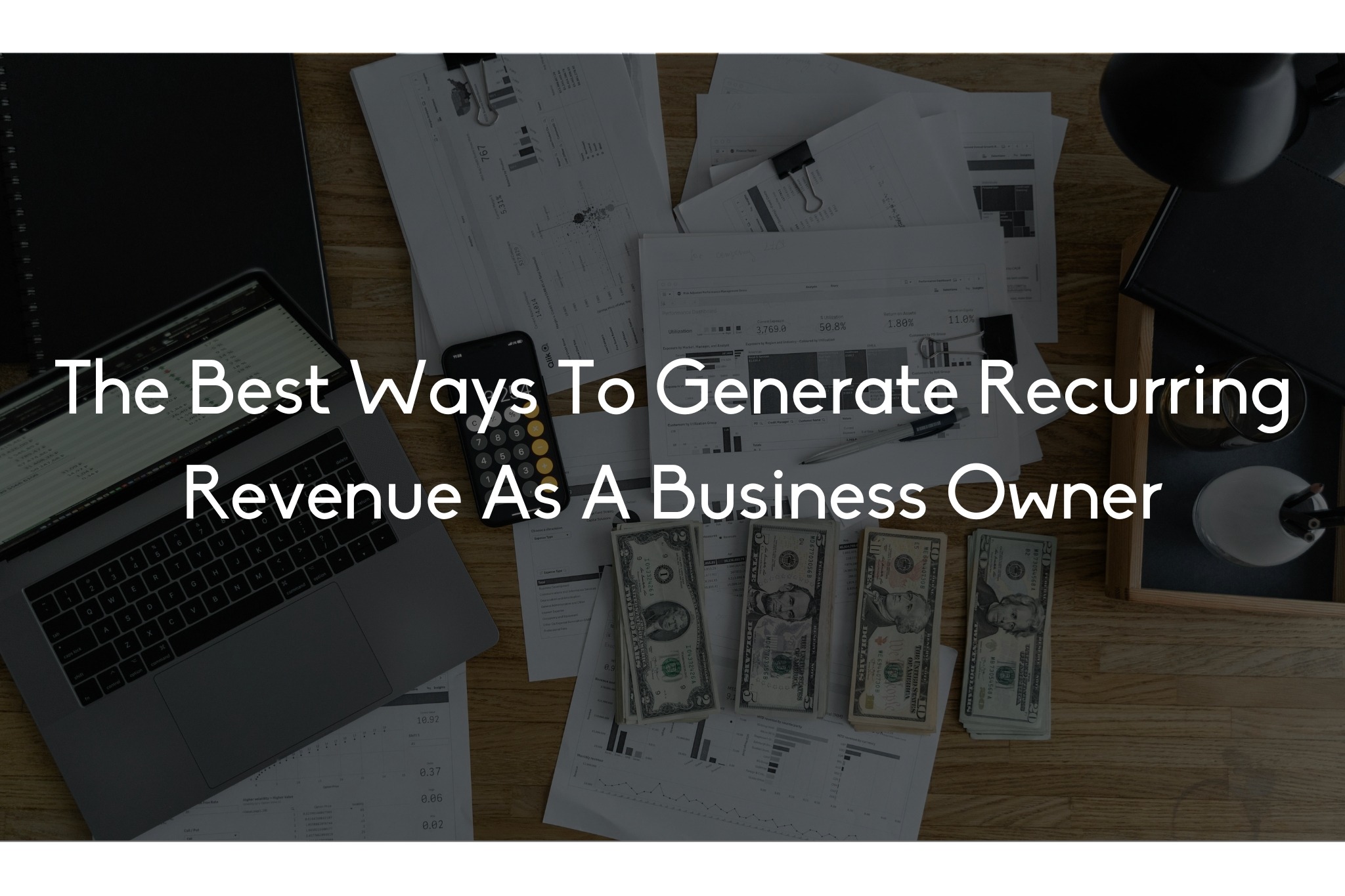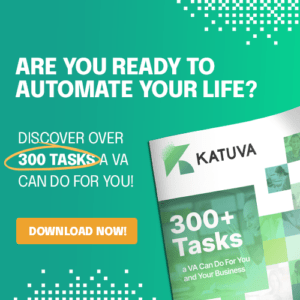

You know that feeling of starting every month at zero? It’s like pushing a boulder uphill—every. single. time. You make sales, do great work, get paid… then it starts all over again. Exhausting.
Now imagine the opposite. What if your business had a predictable stream of income coming in each month, like clockwork? That’s the power of recurring revenue. It’s not just for SaaS giants or subscription boxes. Recurring income is one of the smartest, most scalable ways to grow a business—any business.
The best ways to generate recurring revenue as a business owner include creating subscription-based services, offering memberships, building retainers, packaging maintenance plans, launching digital products with renewal access, and investing in affiliate or partner programs. These strategies let you stack reliable income while increasing customer lifetime value and freeing up your headspace.
In this guide, we’ll unpack the most effective recurring revenue models you can implement—no matter your industry. Whether you’re a solopreneur, agency owner, coach, or consultant, you’ll walk away with ideas you can apply today.
Subscription models are the gold standard for recurring revenue. Whether it’s a product or a service, packaging it into a monthly (or annual) offer creates reliable income and deeper customer loyalty.
Examples:
Why it works:
Customers love consistency, and when you show up regularly with value, they stick around. The key is solving an ongoing need—something they’ll want every month, not just once.
Pro tip: Use tiered pricing so people can choose the level that fits their needs (and budget).
Membership models tap into more than just logic—they tap into emotion. People love belonging, exclusivity, and insider access. That’s where you win.
What this looks like:
Why it works:
You’re not just selling a product—you’re creating a club. When done well, members feel like they’re part of something bigger. That’s sticky.
Build it right: Start small. You can test a minimum viable membership (MVM) before going all-in with tech and content production.
If you’re in a service business—agency, consulting, creative work—retainers are your ticket to recurring revenue without constantly chasing new projects.
Examples:
Why it works:
Clients like predictability too. They don’t want to reinvent the wheel every time they need help. And you get to plan your schedule and cash flow.
Keys to success:
 Sell a Digital Product with Ongoing Access
Sell a Digital Product with Ongoing AccessA one-time digital course can be great, but if you can add monthly or annual access to updates, coaching, or resources, it becomes recurring gold.
Ideas to explore:
Why it works:
You’re building an ecosystem. Instead of selling the same course over and over, you sell ongoing transformation. It’s about keeping people engaged—not just teaching them once.
What to keep in mind:
People will stay if you keep delivering fresh, relevant, and practical value. Community or coaching access can also boost retention.
This one’s especially powerful if your business handles things like tech, design, websites, or anything with “set it and forget it” appeal. People don’t want to worry about upkeep.
Examples:
Why it works:
Clients already trust you. They’d rather pay you a little every month to keep things running than scramble when something breaks.
Retention tip: Bundle in reports or monthly check-ins so they see the value, not just assume it.
When you turn your service into a standardized, packaged offer, it’s easier to sell on a subscription or recurring basis. That’s productization—one of the fastest-growing business models right now.
Examples:
Why it works:
You streamline operations, sales, and delivery—less friction, more scale. And clients know exactly what they’re getting.
Structure tip: Keep it tight. Define scope clearly, automate onboarding, and use recurring billing software (like Stripe or Go High Level).
Not all recurring revenue has to come from your core service. If you recommend tools, platforms, or services regularly, affiliate programs can pay you every month your referrals stick around.
Examples:
Why it works:
You’re already making recommendations. You might as well get paid—again and again—for doing so. And in many cases, it enhances your core offer.
Best practice: Only promote tools you use or trust. Your reputation is on the line.
Here’s a creative spin: If you sell something high-ticket (coaching, done-for-you services, premium products), offering a payment plan can turn a one-time sale into predictable recurring income.
Why this helps:
It improves cash flow, increases accessibility, and can actually raise your conversion rate. Just make sure the payment structure makes sense for your delivery timeline.
Bonus move: Use automated dunning tools to follow up on failed payments—this protects your revenue without chasing people manually.
You don’t need to do all of these at once. Pick one model that fits your strengths and your audience—and stack from there. Start with retainers or a productized service. Add a membership later. Layer in affiliate income when you’re ready.
The key? Think long-term. Recurring revenue gives you freedom, headspace, and the ability to scale without starting from zero each month.


